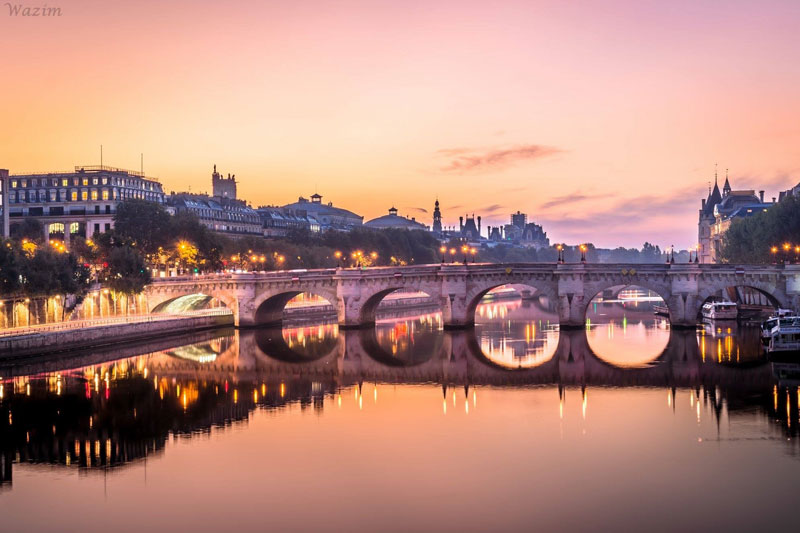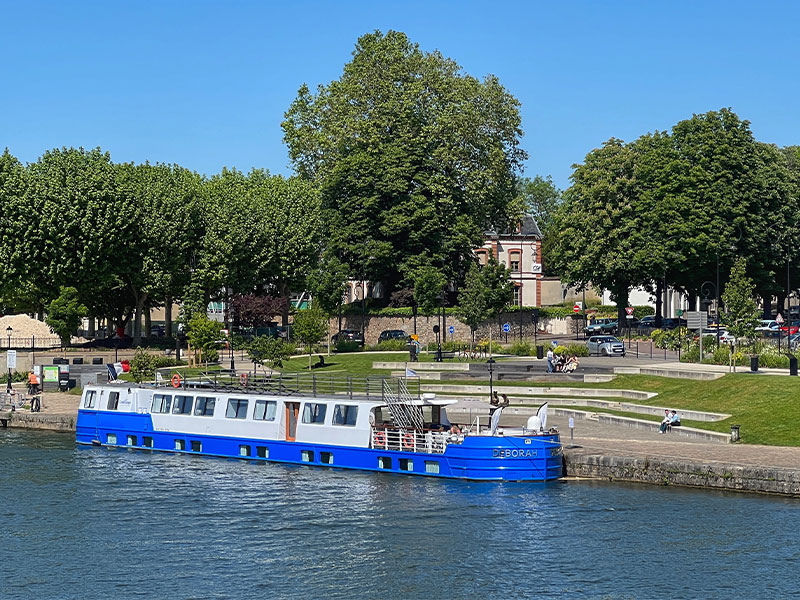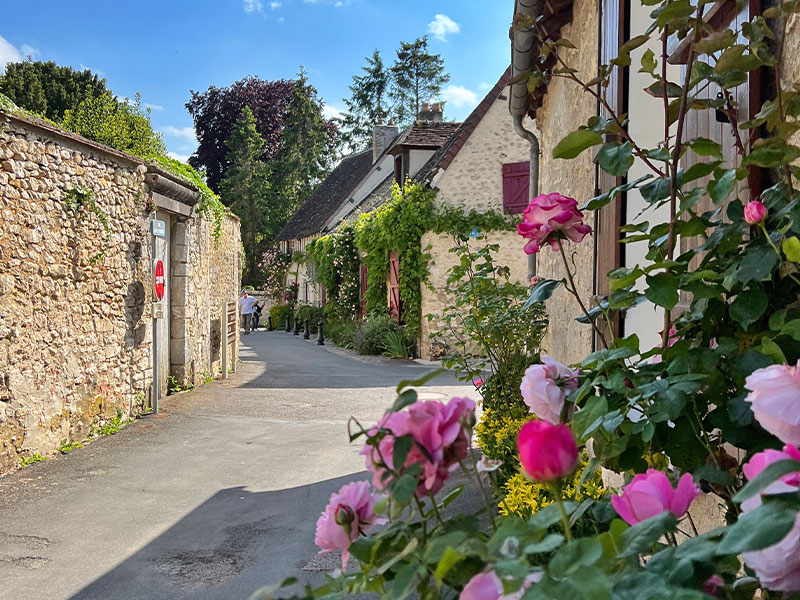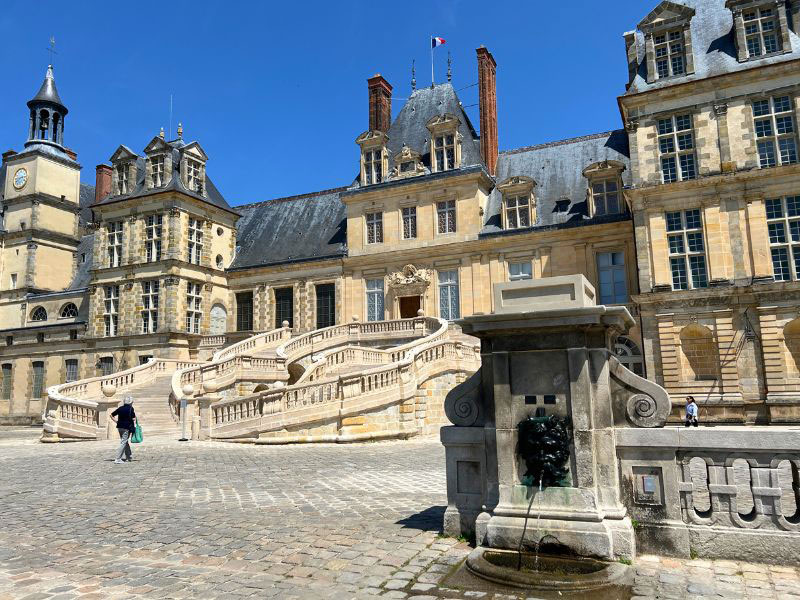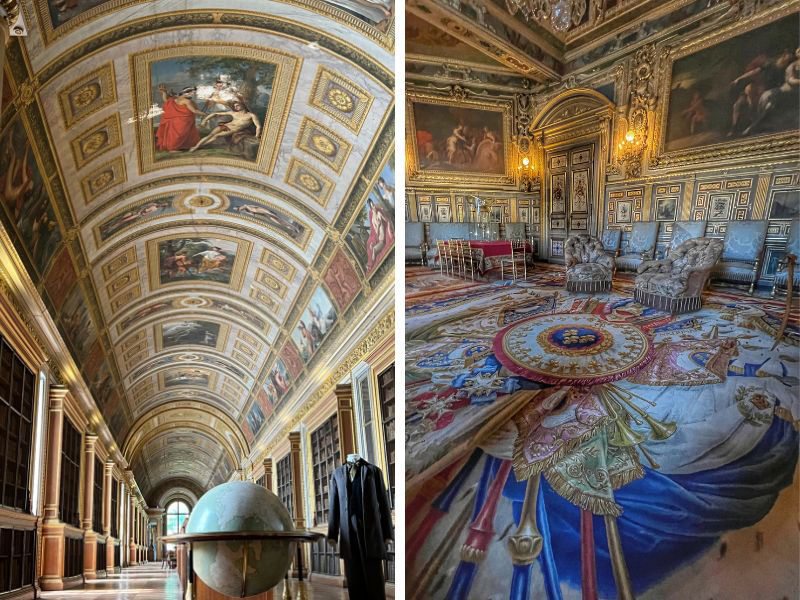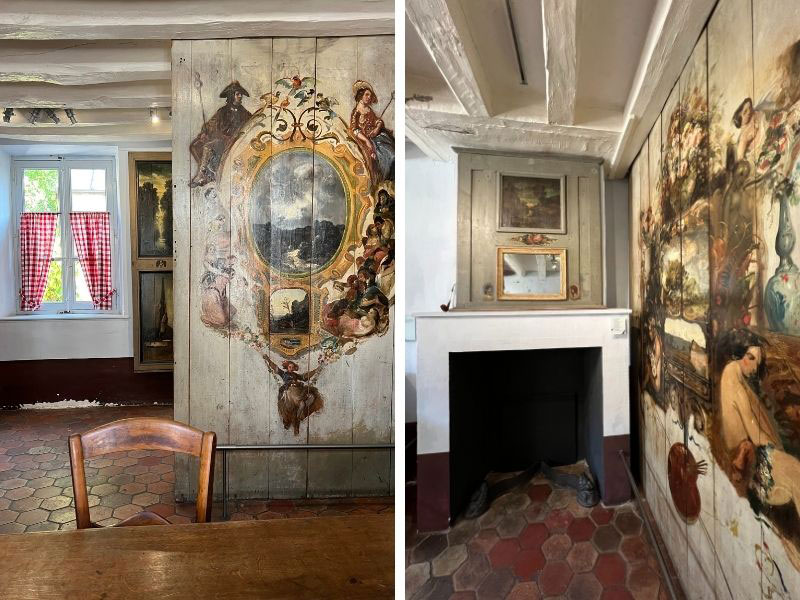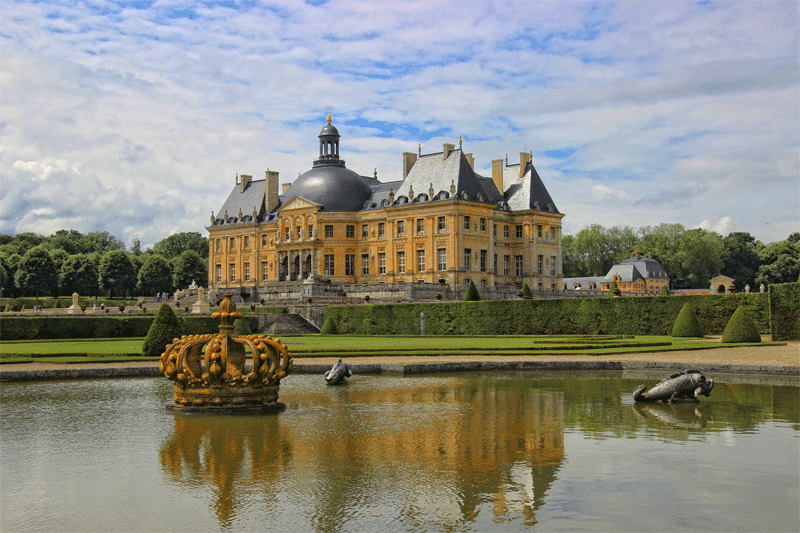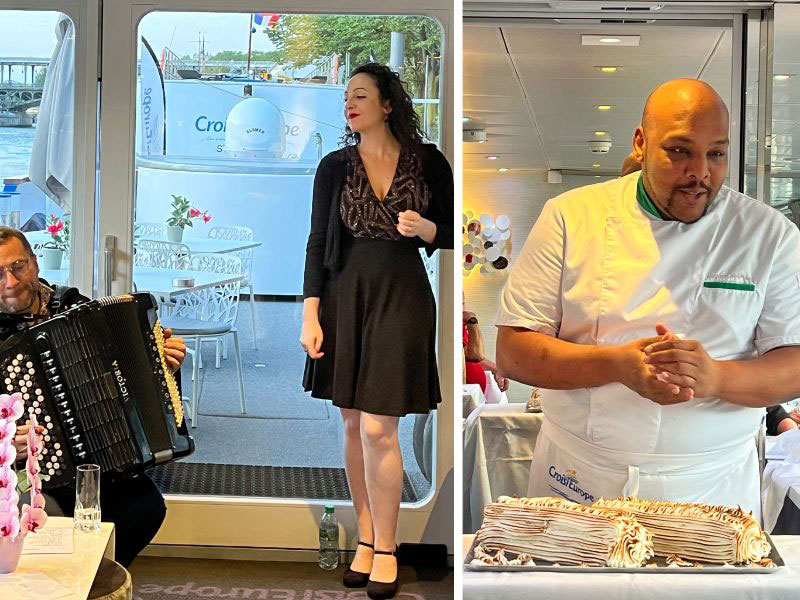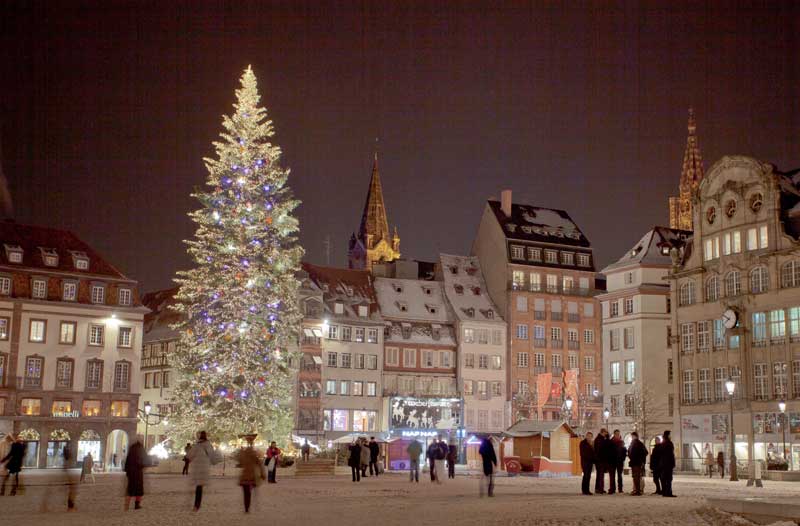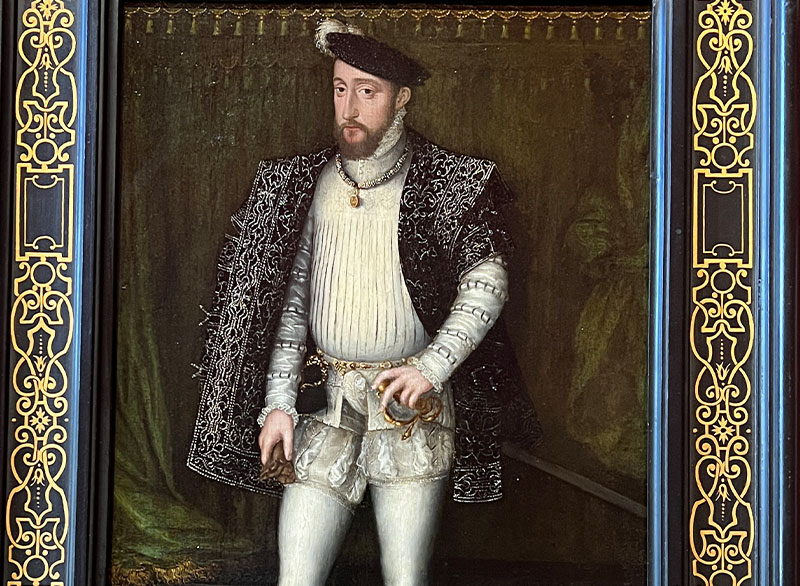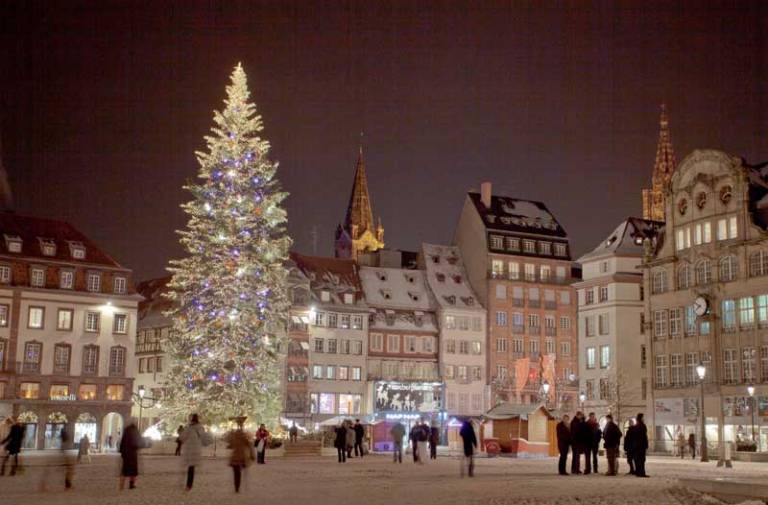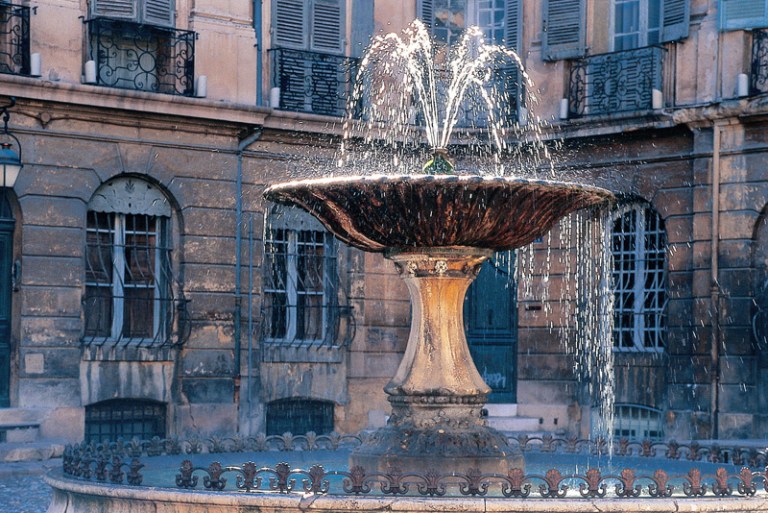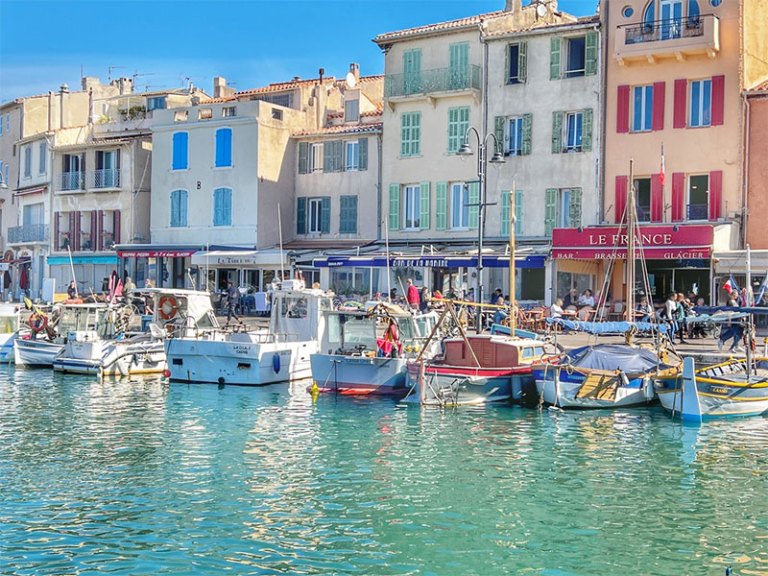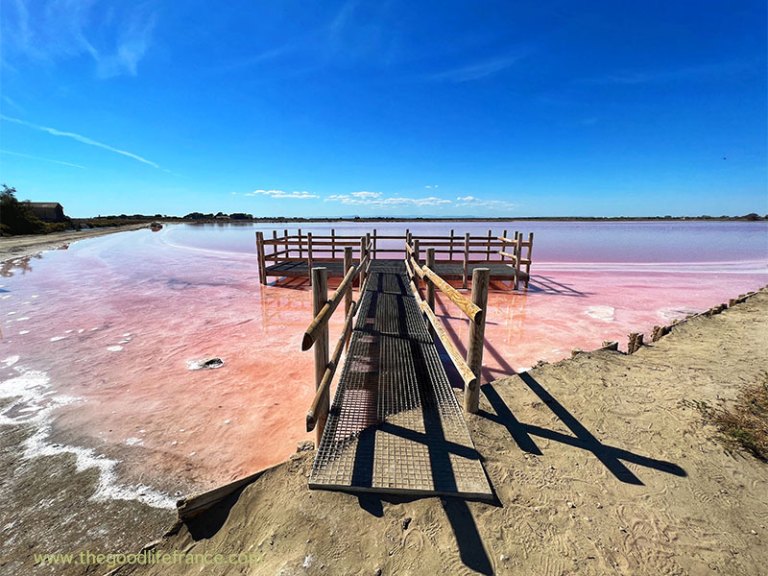France is brimming with romantic villages and castles and with medieval gems that have somehow managed to withstand the passing of time. Janine Marsh joined a barge cruise from Sens in Burgundy to the heart of Paris and visited some of the most amazing and romantic sites of France en route…
Sens, Burgundy
I have to be honest, I didn’t know much (ok nothing) about Sens in Burgundy, but this was my starting point for a CroisiEurope cruise to Paris on a beautiful barge called the MS Deborah. Sens is incredibly just an hour from Paris by train, but oh so different from the capital. It’s a sleepy sort of place on the edge of the Yonne River, an important waterway since the middle ages when boats carried Burgundy wines and wood from the forests to Paris as the Yonne flows into the Seine.
Sens isn’t a big tourist attraction, but it is a pretty little town and is known in France for two things. First, its ancient cathedral which is even older than Notre-Dame in Paris, begun in 1130 AD. And second, it was from here that the warrior Brennus, chieftain of the Gallic Senon tribe, departed for Rome – and conquered it around 390 BC. The Gauls only left after being paid off.
Sens was an important religious centre since the 3rd century, and its Cathedral was the first to feature vaulting in its design and is considered to be the very first of the great Gothic Cathedrals in France. Opposite the Cathedral is a lovely covered market, and there is a museum next to the Cathedral which has an eclectic collection including the hat Napoleon Bonaparte wore at the Battle of Waterloo in 1815. Apparently it was damaged by rain so he gave it to his hat makers in Paris to repair, but was exiled to St. Helena before he got it back.
Provins – a medieval wonder
From Sens we cruised to the medieval town of Provins. The boat holds just 22 passengers, and everything is inclusive from food to wine and spirits, plus all excursions. The Yonne is a working river, we pass pleasure ships and cargo barges and watch silos filling bulky holds with a backdrop of pretty villages, vineyards, and lovely houses that sit at the edge of the river. Wild birds swoop overhead and swans glide regally as we float gently and admire the glorious countryside, and sometimes we stop at locks and watch the action from the sun deck sipping the cocktail of the day.
The fabulous food and wine and the relaxed ambiance soothe your soul. By day three you won’t remember what day it I, and you won’t care either, it’s totally relaxing.
We docked at the lovely medieval town of Moret-sur-Loing, a designated “remarkable heritage site” and “Destination Impressionism”, a favourite of painter Alfred Sisley who lived here for 20 years. I was torn between taking a bike from the boat to cycle in the local countryside and discover the Chateau de By, once the home of painter Rosa Bonheur, but I went for a tour of Provins instead. All the guides for trips speak both French and English.
Provins in the department of Ile de France, is one of those places that you think simply can’t exist – but it does. This fortified town is a UNESCO World Heritage Site, once under the rule of the powerful Counts of Champagne. Its cobbled, flower-filled streets and medieval buildings cover a huge area and there’s a lot to see from towers and turrets to ramparts, dungeons and underground tunnels. Once a hugely important commercial centre, goods came from around the world to be sold at one of the town’s famous grand fairs which lasted for weeks. There’s also a fabulous rose garden and shop/tea shop where everything comes up roses from sweets to ice cream!
Fontainebleau
Onwards we sail, past a pair of courting black swans and fishermen sitting patiently on pontoons, and yet, we’re only 55kms from Paris. Our next stop is the magnificent Chateau of Fontainebleau. If walls could talk then those at this enormous castle of some 1500 rooms would have plenty to say.
500 years older than Versailles. The original chapel was consecrated by Thomas Becket (whose secretary incidentally lived for several years in Sens), AKA Saint Thomas of Canterbury and Thomas à Becket. This is the only royal and imperial chateau in France that was continuously inhabited for eight centuries. From the 12th Century, what was a royal hunting lodge in a vast forest was renovated, extended and embellished by various Kings, Queens Emperors and Empresses until it became the extraordinary, enormous castle you see before you.
It’s chock-a-block full of tapestries, frescoes, paintings, and carvings – opulently furnished, truly dazzling. Napoleon Bonaparte lorded it up at this chateau, saying it was his favourite above all others. He commissioned a team of builders and gilders to bling it up and make it more to his taste. And it was from that horseshoe shaped staircase that he bade farewell to his guides before going into exile (and leaving his hat behind).
Here King Francois I of France hung the Mona Lisa over his bathtub, Louis XIV fed the giant carp in the pond and Marie-Antoinette commissioned a gorgeous bed for her pretty boudoir, though she never laid her head there, she lost it in Paris instead. She did though recreate what she loved about this countryside Paris at her hamlet in Versailles.
Barbizon
For a complete contrast we next head to Barbizon, a little village on the edge of the Forest of Fontainebleau. Once a tiny hamlet (it was upgraded to village status in 1903), a colony of artists formed here in the early 1800s. There was then a tiny groceries shop and artists on their way from Paris to Fontainebleau would stop to buy supplies and noted how beautiful the scenery was. They started to linger longer, enraptured by the beauty of the countryside and rural life, and the canny shop owner converted the shop to an inn which became the Hotel Ganne. Then the artists stayed for even longer period.
More and more came, Rousseau, Millet, de Penna. They were the precursor that led to impressionism and Monet and Renoir themselves also visited – but they wanted bigger landscapes – cities and coasts. The artists left Barbizon. They also left their mark. The Hotel Ganne is now a museum, where the furniture and walls are covered with the etches and sketches of the artists who stayed here. Caricatures, saints, fairies, soldiers, whatever inspired them – they left a little of their work and soul behind.
The town is pickled in the past and very lovely. It continues to attract artists and the shops, bars and restaurants look like set pieces from your dream of a French village.
Vaux le Vicomte
Next up is the ravishing castle of Vaux-le-Vicomte, one of the largest privately owned residences in France with gorgeous gardens. Commissioned by Nicolas Fouquet, Louis XIV’s minister of finance it was almost completed in 1661 but Fouquet invited the boss to visit and that was his undoing. It was so beautiful that Louis was enraged with jealousy, and, egged on by other scheming ministers, he had Fouquet thrown into prison, where the unfortunate minister died in 1680. Louis had the furnishings, ornaments and even the curtains and plants put in his own castles and then hired the team who created Vaux-le-Vicomte, to work on Versailles. Moral – never upstage a king.
Paris
From here we cruised to Paris, the riverbank villages giving way to warehouses, apartment blocks, restaurants, and office buildings. The sounds of the city filter through the air coupled with the sounds of music as people tango and cha cha cha on the quaysides, people sit reading books, lazing in the sun and going about the life of a city. Meanwhile on the barge it remains tranquil. We pass under historic bridges and dock between the Statue of Liberty on the little man-made island called Île aux Cygnes, facing its big sister in New York, and the Eiffel Tower.
That night we had a gala dinner as the Eiffel Tower sparkled nearby and we bid farewell to new friends. We were joined by an accordionist and Edith Piaf tribute singer; the haunting notes carried across the water and drew a small crowd on the quayside as the sun set and metros passed over the Bir Hakeim Bridge – it was a perfect snapshot of Paris and the perfect way to end a most fabulous barge cruise in the world’s most popular city. I looked at my fellow bargers as the words “j’ai deux amours” ring out, it’s clear they are as enchanted as I am.
Slow tourism at its best
This is cruising at its slow tourism best. The boat holds just 22 passengers, and everything is inclusive from food to wine and spirits, plus all excursions. The Yonne is a working river, we passed pleasure ships and cargo barges and watched silos filling bulky holds with a backdrop of pretty villages, vineyards, and lovely houses that sit at the edge of the river. Wild birds swoop overhead, and swans glided regally as we floated gently and admired the glorious countryside, and sometimes we stopped at locks and watched the action from the sun deck, sipping the cocktail of the day. And the Seine river is a joy to travel with so much to see on either side as well as a sometimes surprising amount of wild life.
You can book this cruise and find out more about CrosiEurope’s cruises at croisieurope.co.uk
Want more France?
Discover more fabulous destinations in France with our free magazine The Good Life France
Love France? Have a listen to our podcast – everything you want to know about France and more!
All rights reserved. This article may not be published, broadcast, rewritten (including translated) or redistributed without written permission.
